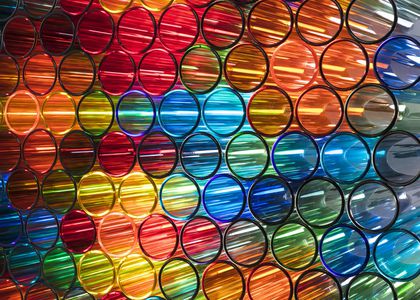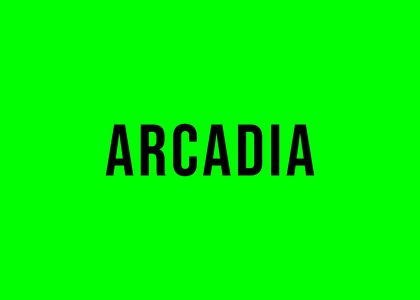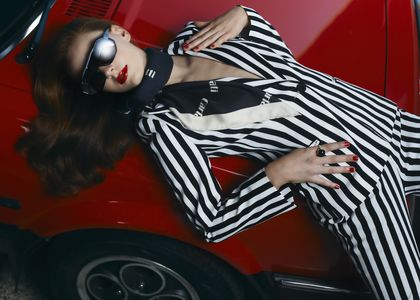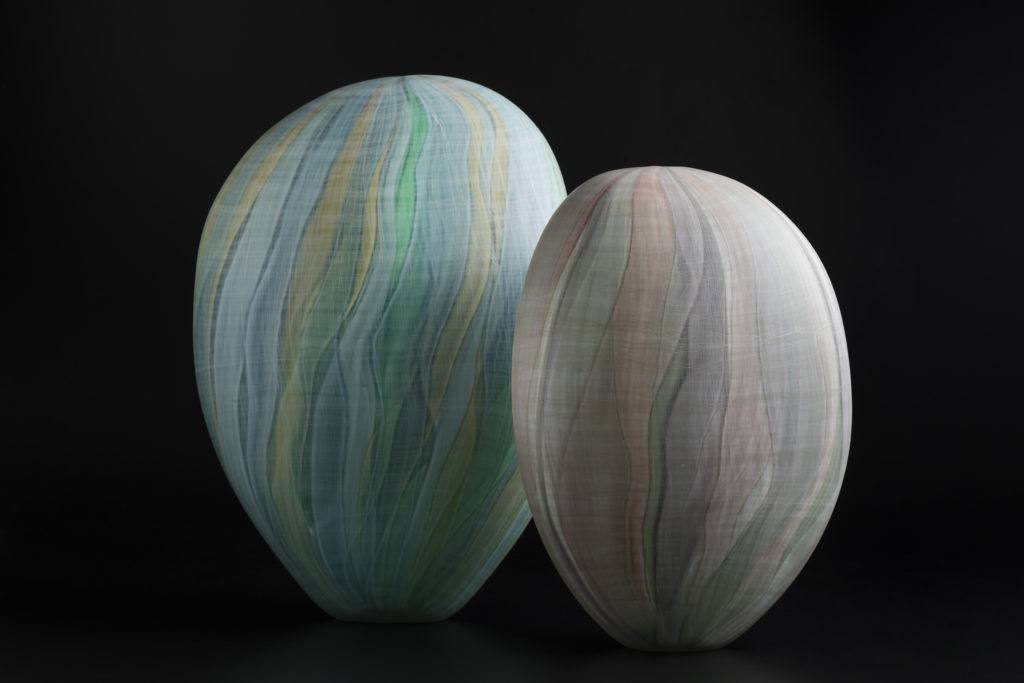
Last year, we introduced to our readers the first glass and ceramic objects acquired for the MAAS collection with funds from the remarkably generous Barry Willoughby Bequest. We are delighted to share the news about two more recent acquisitions enabled by Willoughby’s passion for Australian studio glass and ceramics as expressed in his will.
With a career spanning over three decades and recognised by many prestigious awards, artworks by the Adelaide glass artist Clare Belfrage have been acquired by many private and public collections across Australia as well as in Europe and North America. An excellent opportunity to enrich our collection with her distinctive glass forms presented itself last year when Belfrage was announced the featured artist of 2018 SALA (South Australian Living Artists) Festival. This also meant that she would create new major works for a solo exhibition at Adelaide’s contemporary craft and design centre, the JamFactory, as the JamFactory Icon for 2018.
Two striking glass sculptures from the revisited series ‘Quiet Shifting’ were acquired from her show ‘Clare Belfrage: A Measure of Time’. ‘Quiet Shifting, Pink and Green’ and ‘Quiet Shifting, Blue and Green’ were inspired by the stone monoliths at Mount Buffalo in the Australian Alps. Belfrage shows an intuitive understanding of patterns in the natural world, exploring in these works – the largest she has ever made – the rhythms of nature using ‘the pulse and flow’ of glass blowing.
The two pieces – bold in form yet ethereal, firmly grounded yet flowing – evoke a feeling of moving through a dusky snow-gum bushland (Pink and Green) and through a dense peppermint eucalyptus and mountain ash bushland (Blue and Green). In a technique known as canework, Belfrage mapped the eroded contours of her glass monoliths with thin white lines which hold together like a spider’s web, the misty veils of thinly-carved bands of glass.
Exploring the tensions between her memory of a place and the actual landscape, the dreamy mood and a sense of gentle movement embodied in these colossal glass ‘stones’ encourage emotional engagement beyond the appreciation of the work’s visual appeal. Revealing the artist’s new direction to ‘work with materials rather than on them’, the series cements her reputation as one of the most accomplished contemporary glass artists.
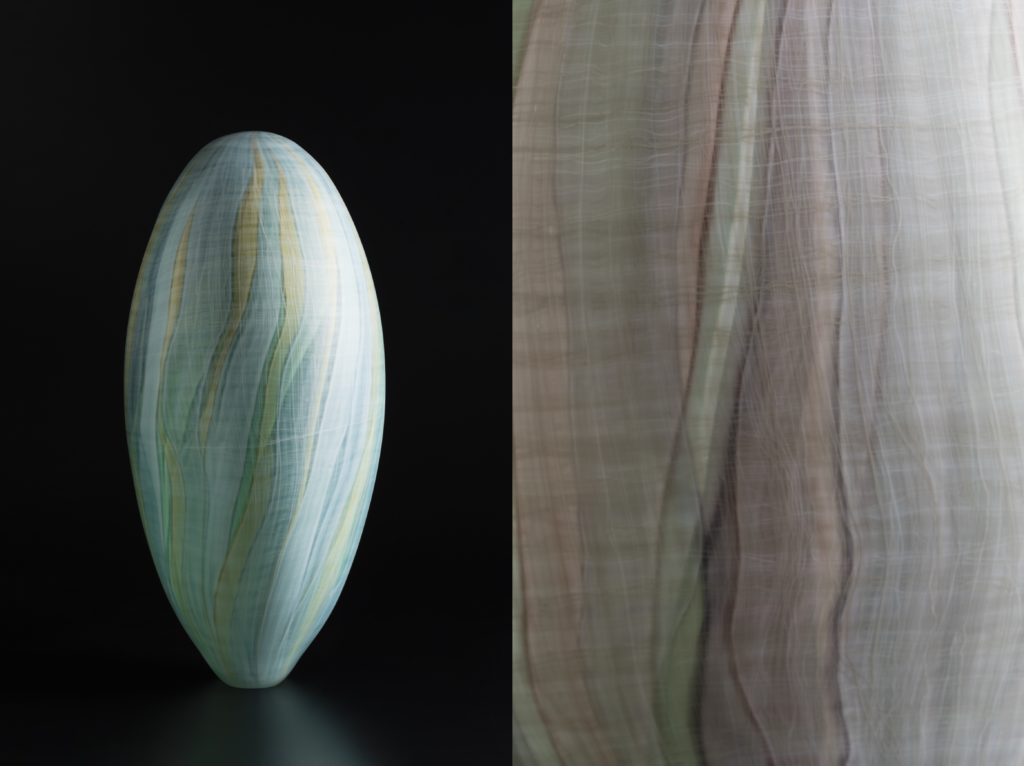
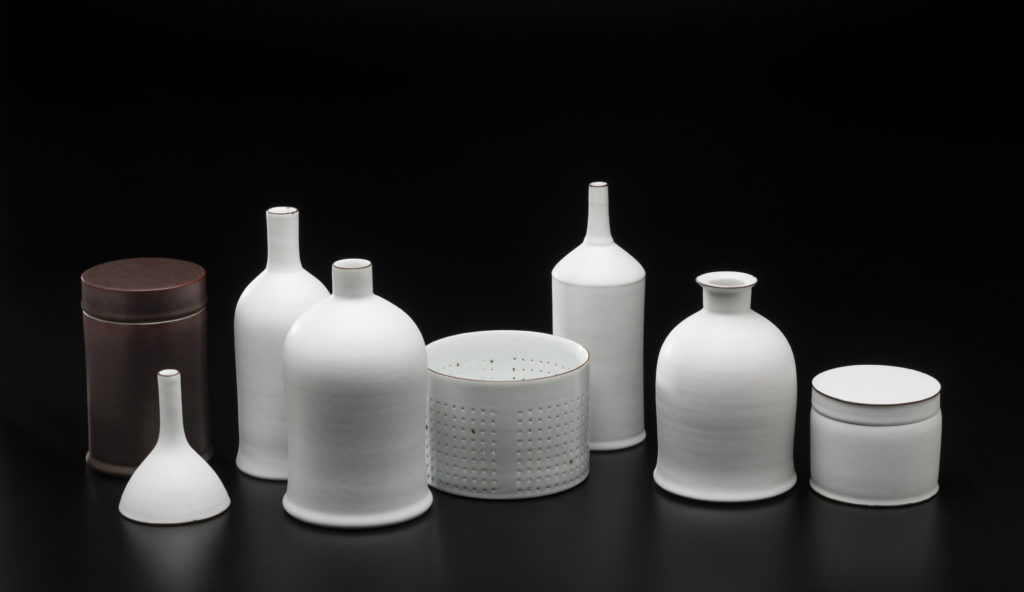
‘Prevail’ was created by Kirsten Coelho, an Adelaide-based ceramic artist who makes monochromatic wheel-thrown porcelain bottle forms and containers often presented as still-life groupings. Believing that ceramics have ‘the potential to act as visual metaphors for cultural and historical convergence’, her work has been influenced by nineteenth and early twentieth century domestic vessels, particularly white enamel ware and other metal containers found in Australian kitchens and sheds, which show signs of use and decay.
Coelho reinterprets everyday vessels of the past using fine white porcelain, a material traditionally associated with luxury. She ‘disrupts’ their perfect forms with thin brush strokes of iron oxide which when fired, bleed into the glazes simulating rusty edges and stains, thus evoking both the precious and the commonplace. Her carefully orchestrated arrangements of white porcelain containers so unexpectedly corrupted by ‘rust’, make us think of the passage of time and the values we place on everyday utilitarian objects.
Coelho has joined acclaimed Australian ceramicists Gwyn Hanssen Pigott and Prue Venables in the relatively recent tradition of creating meditative porcelain clusters that, like the poetic still-life paintings of the Italian painter Giorgio Morandi, seek to convey essential stillness. Coelho’s ‘rust marks’ however, as noted by Stephen Bowers, ‘remove her work from the realm of unattained classical perfection and place it firmly within the context of real world and mortal decay.’
Clare Belfrage’s works can now be seen in The Barry Willoughby Bequest display and Kirsten Coelho’s ‘Prevail’ is on view in The Ideal Home exhibition at the Powerhouse Museum.
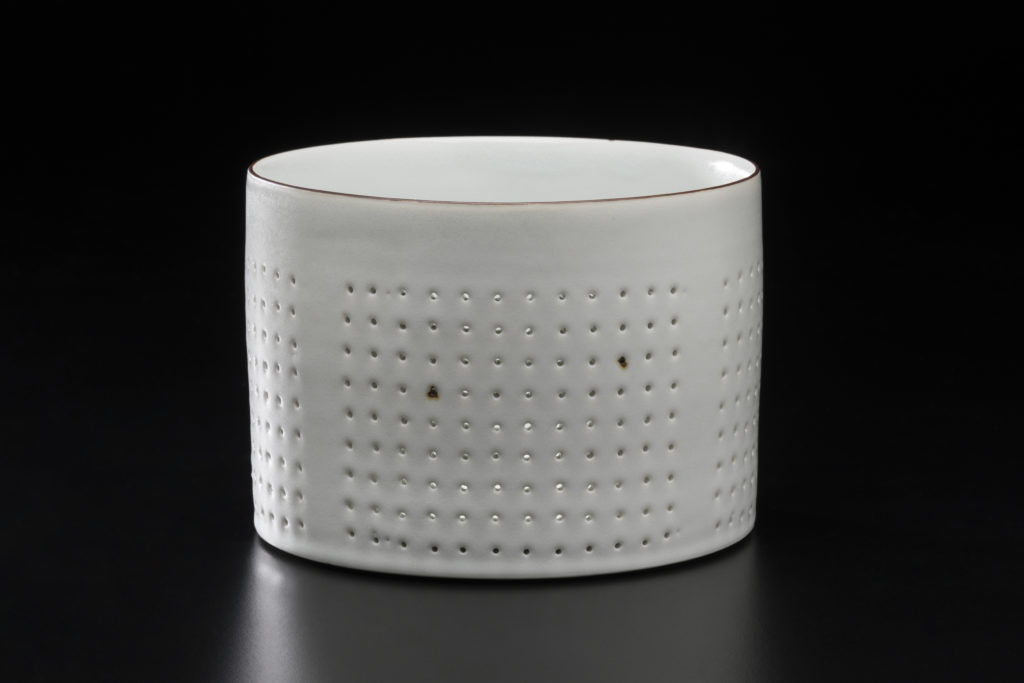
Written by Eva Czernis-Ryl, Curator, June 2019
